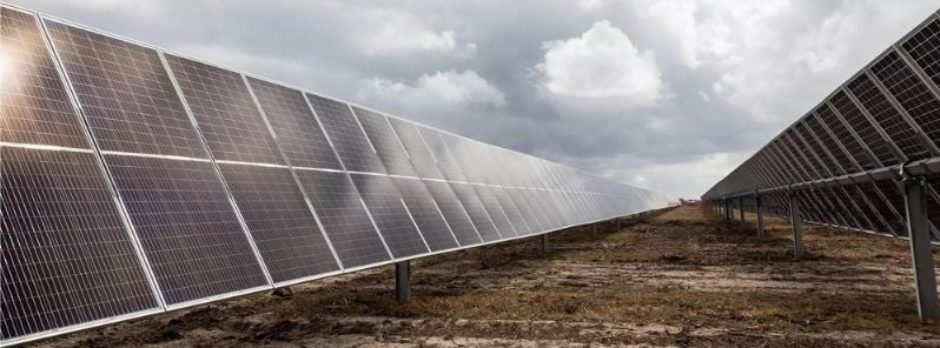The high cost of programming was a major issue discussed at the J.P. Morgan Technology, Media and Telecom conference in Boston.
Due to the high retransmission fees it has to pay to broadcasters, DirecTV will soon test a new set-top box configuration that incorporates an over-the-air broadcast antenna in several to-be-determined markets. That would allow its customers to receive local TV signals “for free” while avoiding the higher subscription cost passed on to them as a result of these carriage fees.
The scheme could also help DirecTV avoid paying millions of dollars each year to broadcasters for the right to carry (and resell) television programming broadcast by the four major networks and their respective affiliates.
Patrick Doyle, DirecTV chief financial officer, told the J.P. Morgan Technology, Media and Telecom conference in Boston last week that high retrans fees are making DirecTV rethink its antenna strategy.
DirecTV provided an integrated antenna solution to its subscribers early in its history, before it began offering broadcast channels as part of its overall programming packages, Doyle said. Once DirecTV added local broadcast signals, the antenna no longer made economic sense.
“We’re spending a fair amount of time on the technology side, taking an over-the-air signal, integrating into our set-top boxes and not paying a retrans cost,” Doyle told the conference. “The NPV (net present value) of the future costs you’re going to pay in retrans is a big enough number. Now it’s starting to make sense. We’ll spend more time on it. We’ll probably test in some markets an over-the-air integrated tuner set-up and make sure the customer experience is there.”

All pay television carriers are looking to reduce or avoid paying high retransmission fees to broadcasters. Such fees could top $6 billion annually by 2018, with satellite TV service providers paying an estimated $2 billion of the share, said SNL Kagan.
No date was given when an integrated set-top box with antenna would be available. However, initially it will be only with new customers, later expanding to its existing subscriber base of 20 million customers.
The high cost of programming was a major issue discussed at the conference. Doyle said that if the federal government doesn’t get involved, change will only come after the program costs get so high that a content owner can’t realize a return on its investment.
